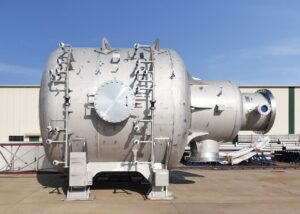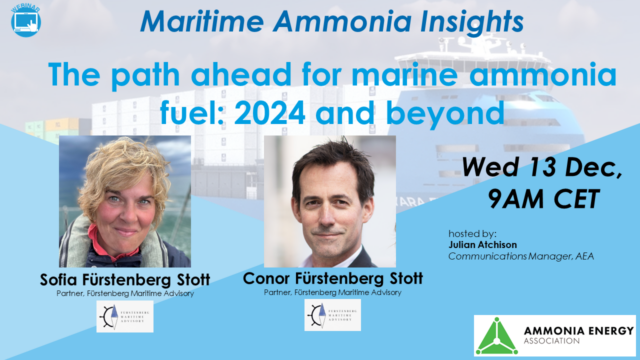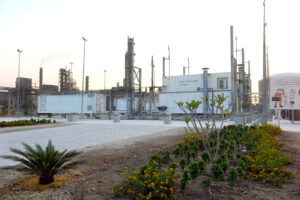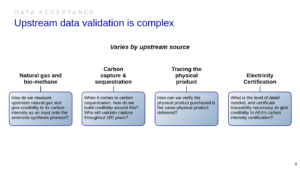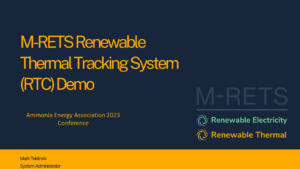India launches subsidy scheme for renewable ammonia production
The Indian government has launched a new incentive scheme for renewable ammonia, aiming to support the production of 550,000 tonnes per year from 2027. The news comes as the first winners of subsidies for renewable hydrogen production & domestic electrolyser manufacturing were announced. In December, the government also amended an existing scheme to provide financial assistance for new-build vessels powered by green fuels, including ammonia.

